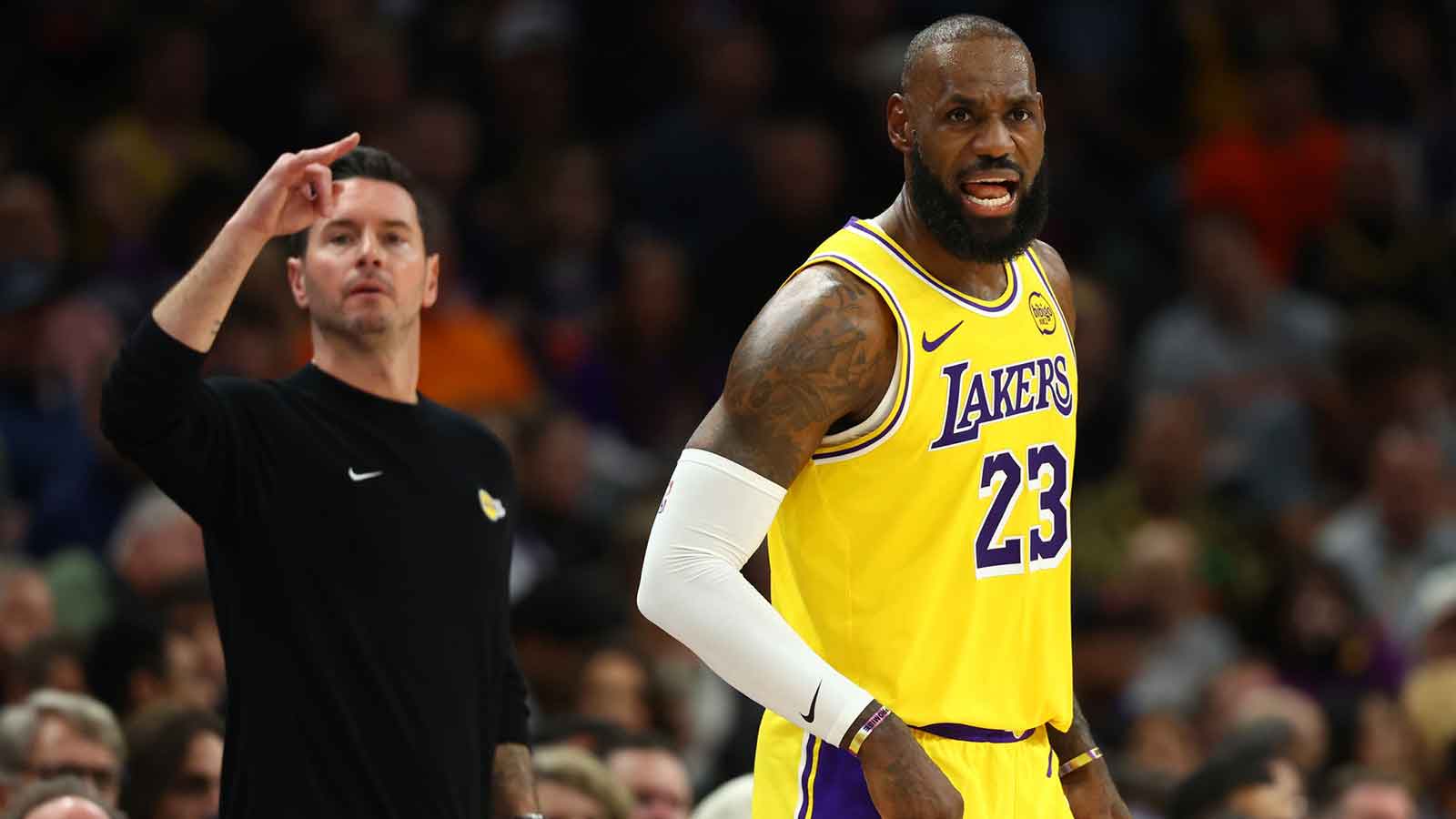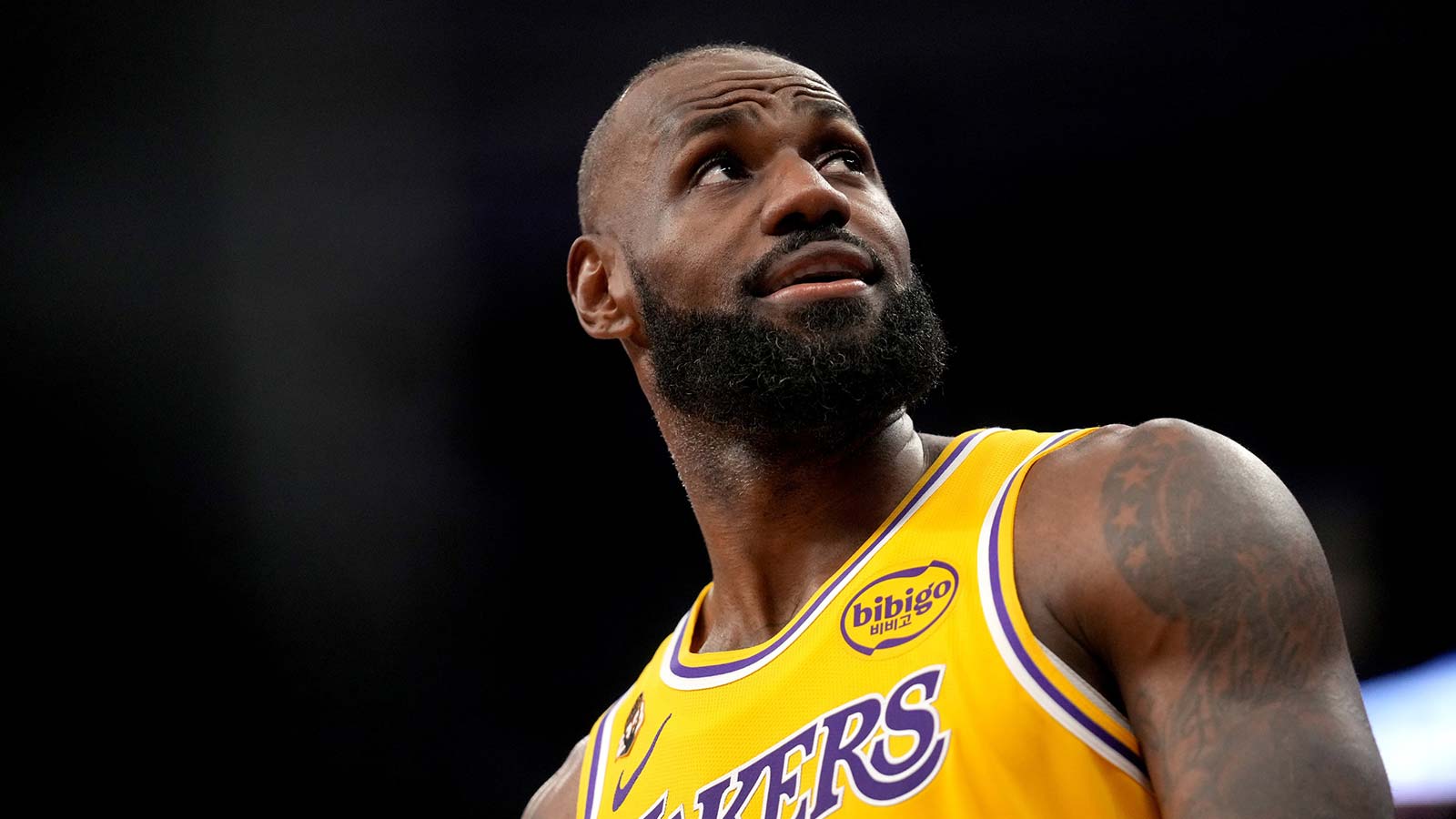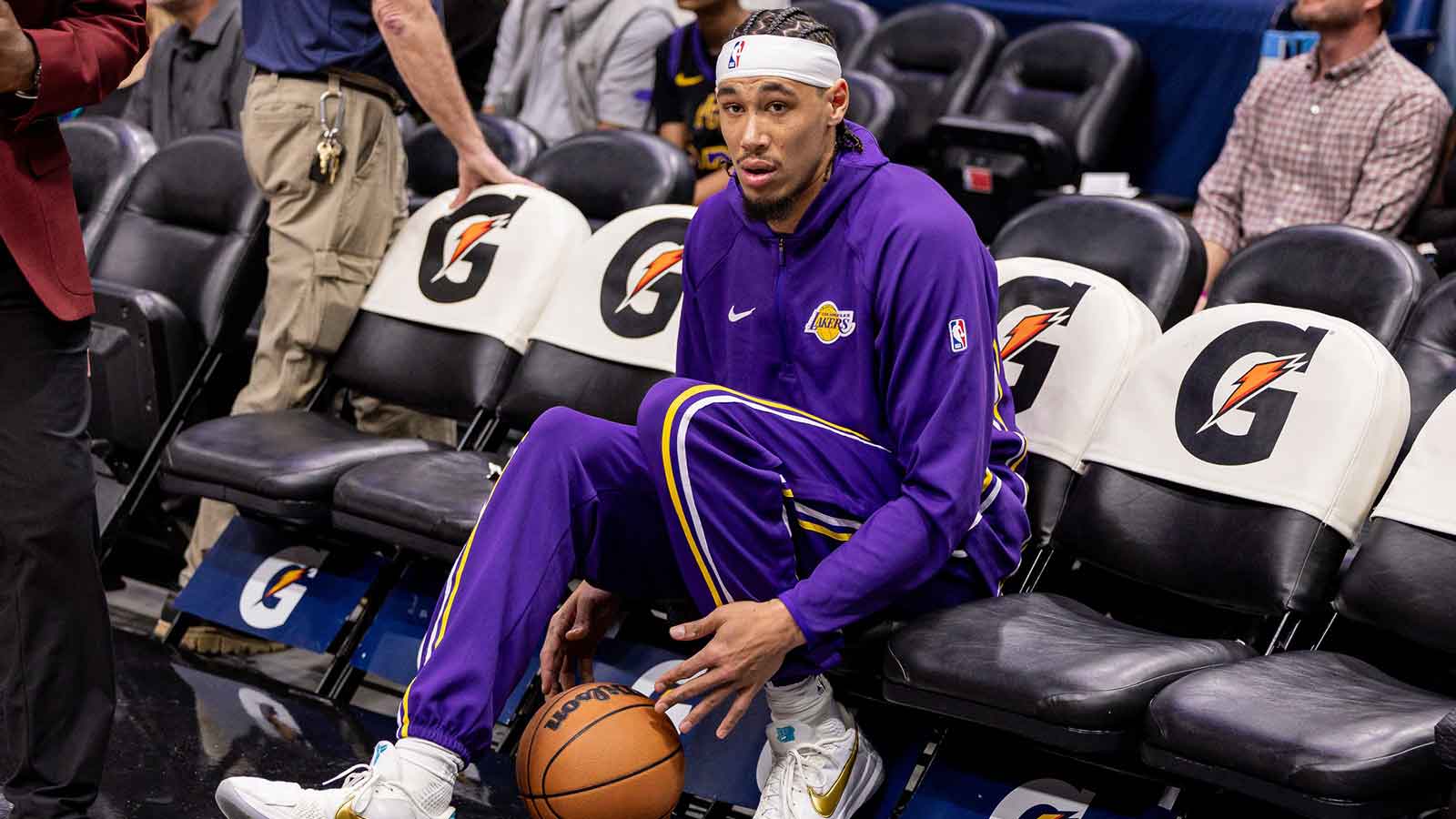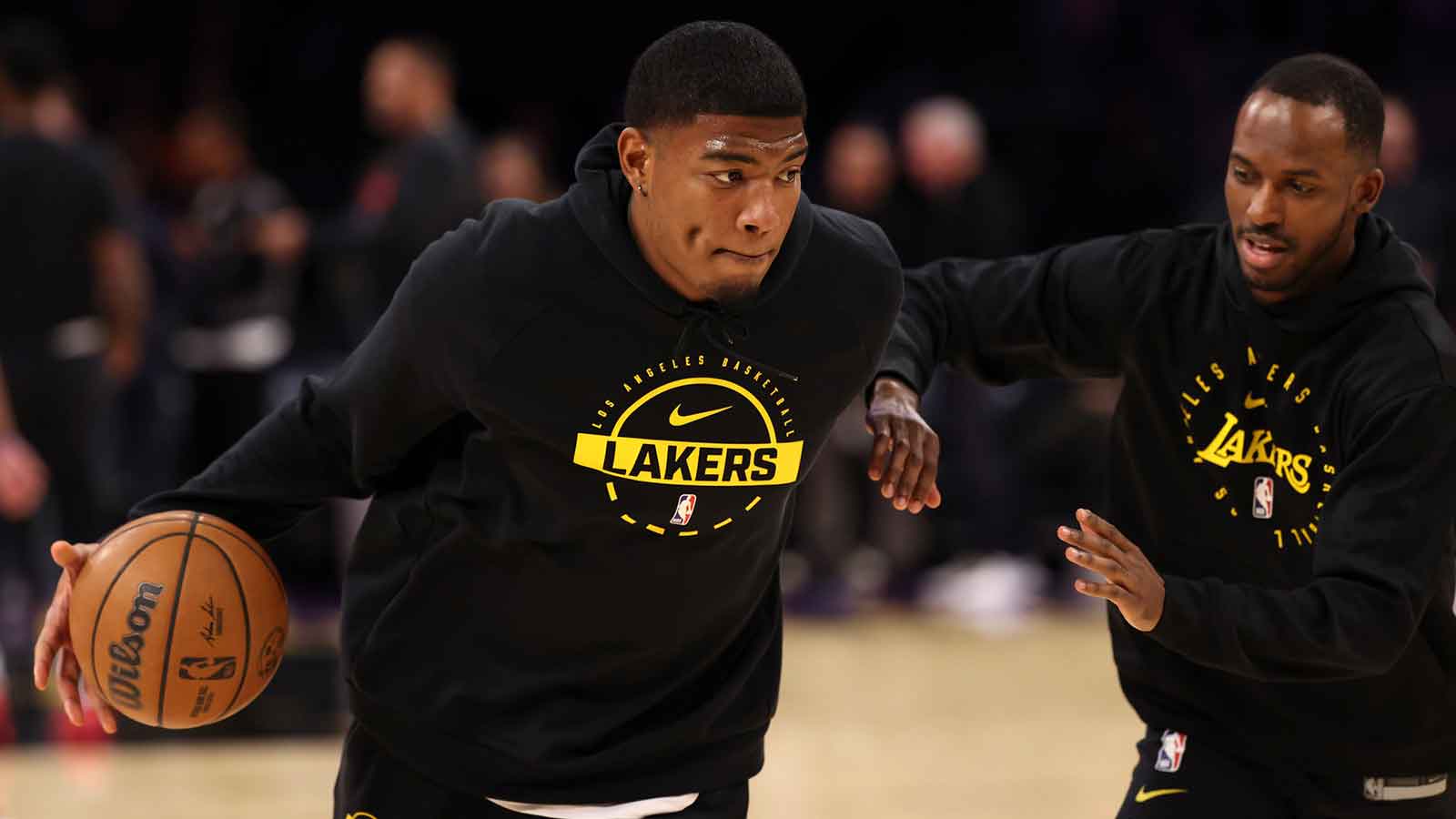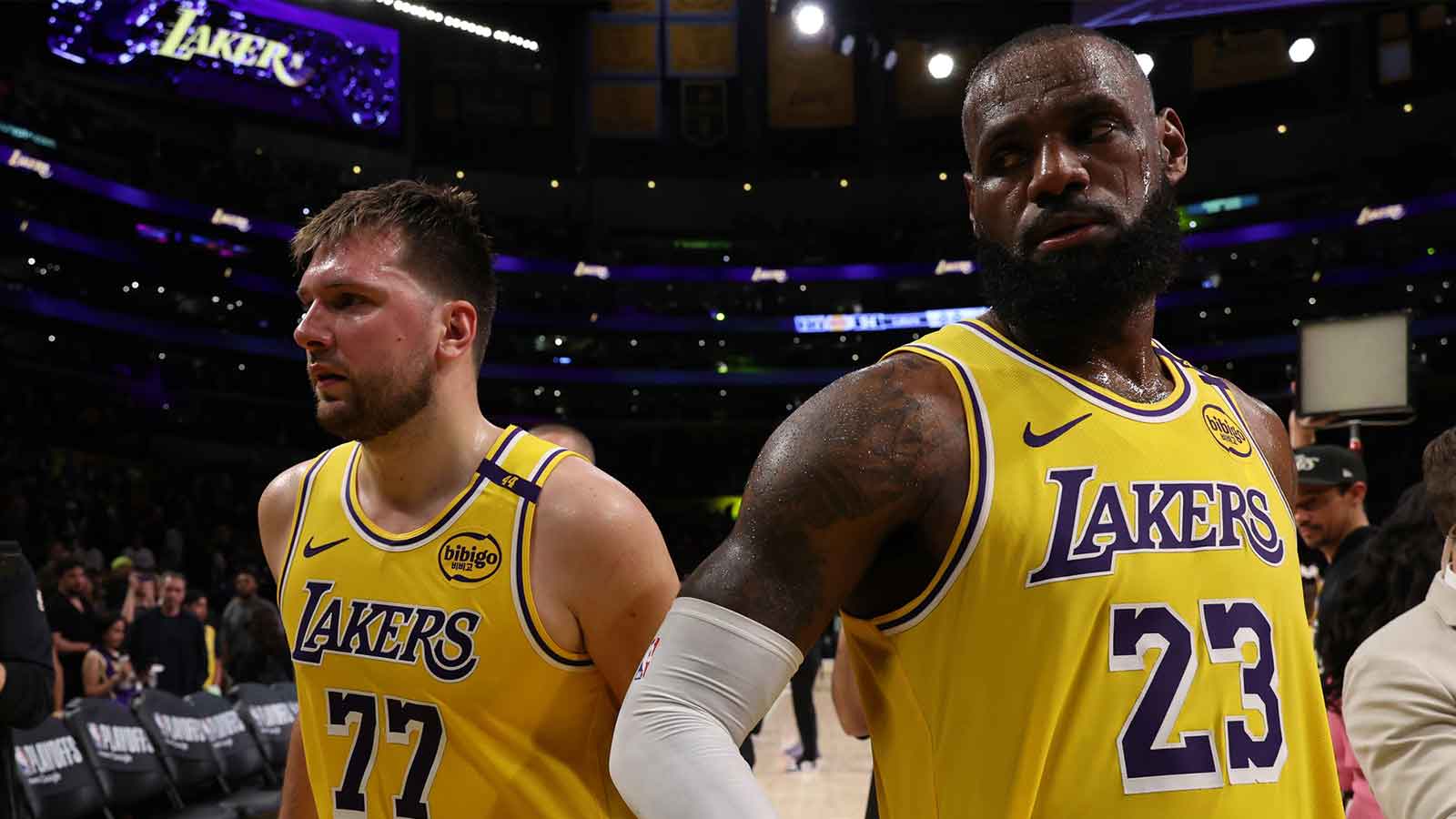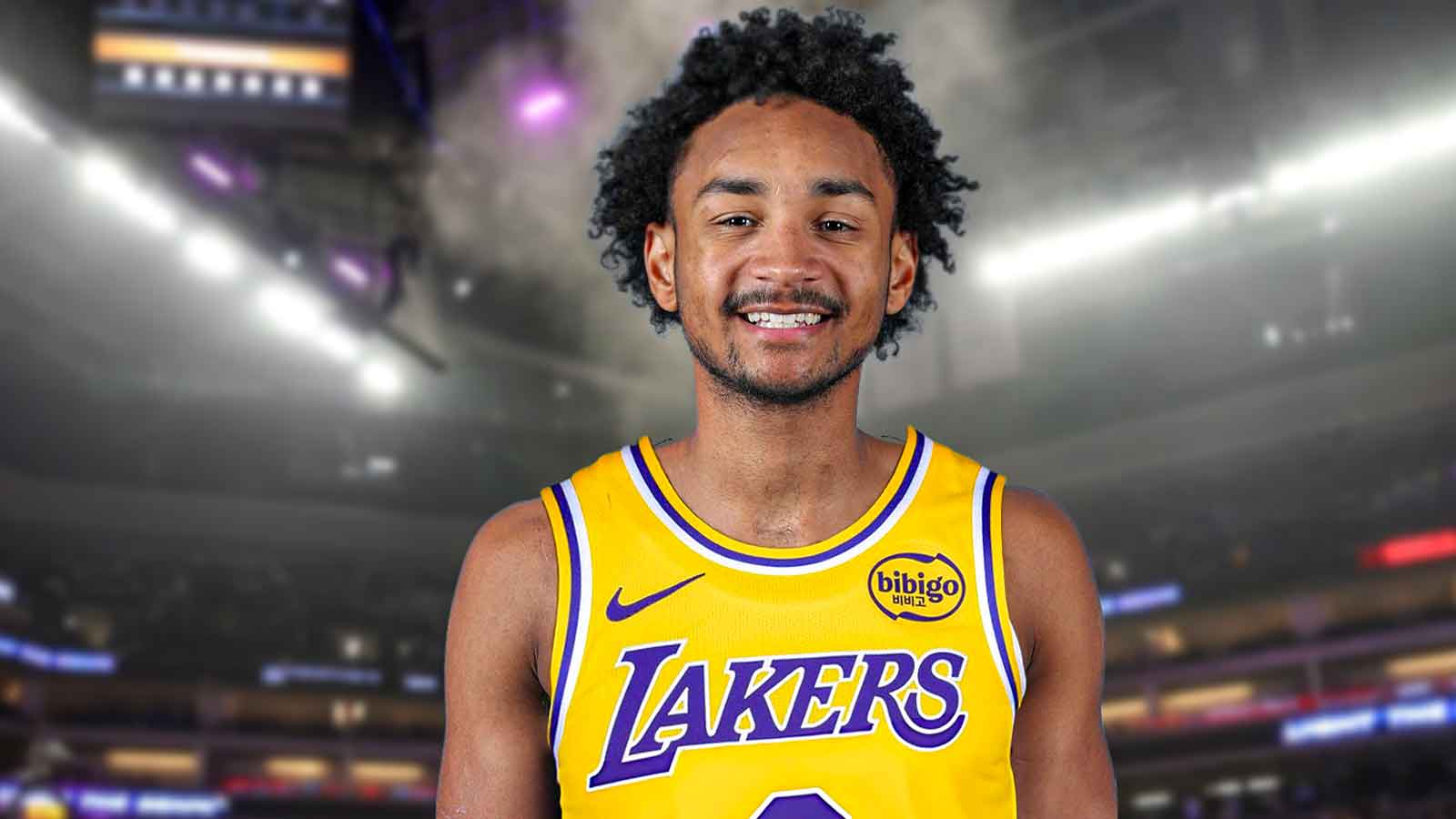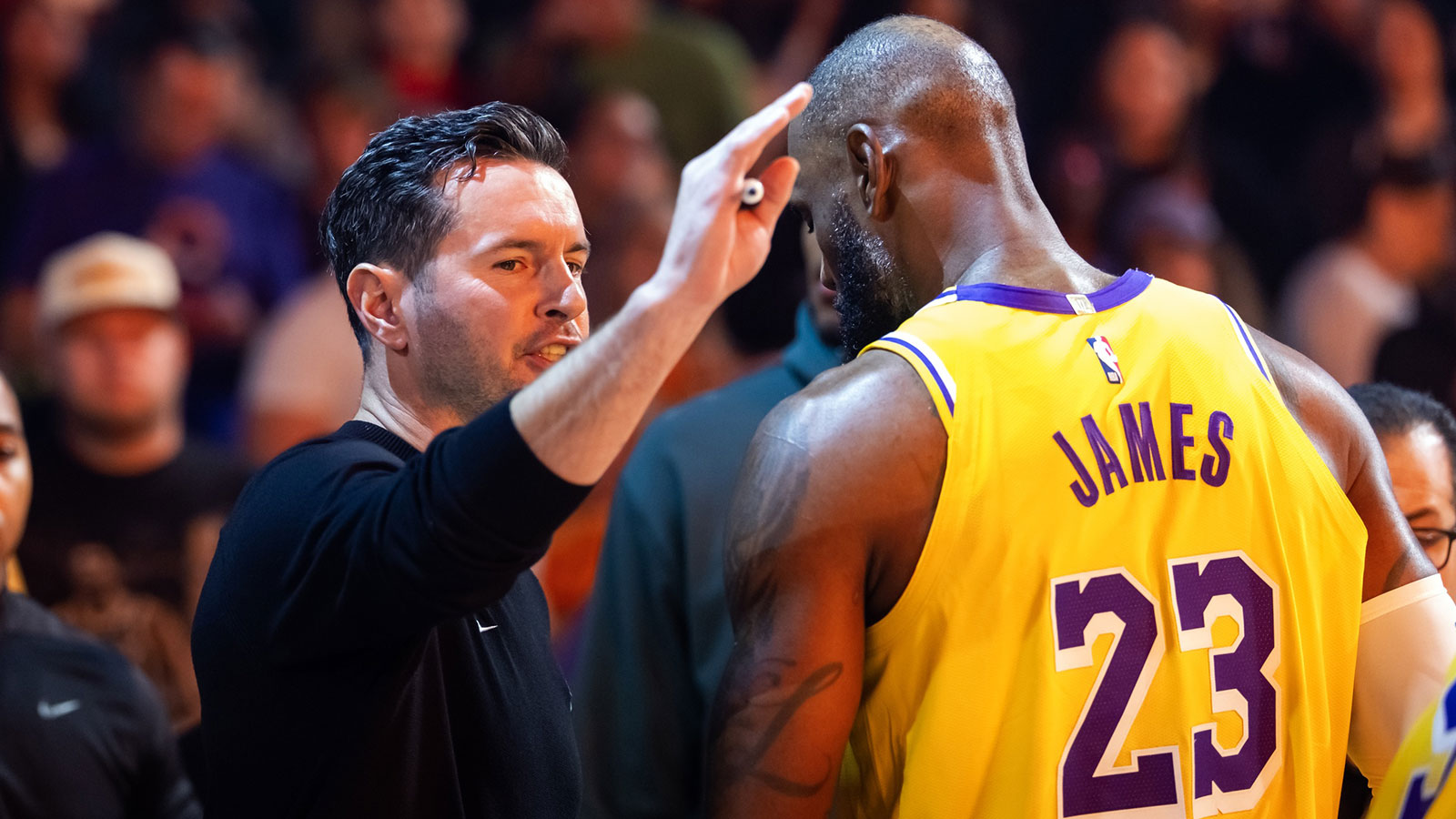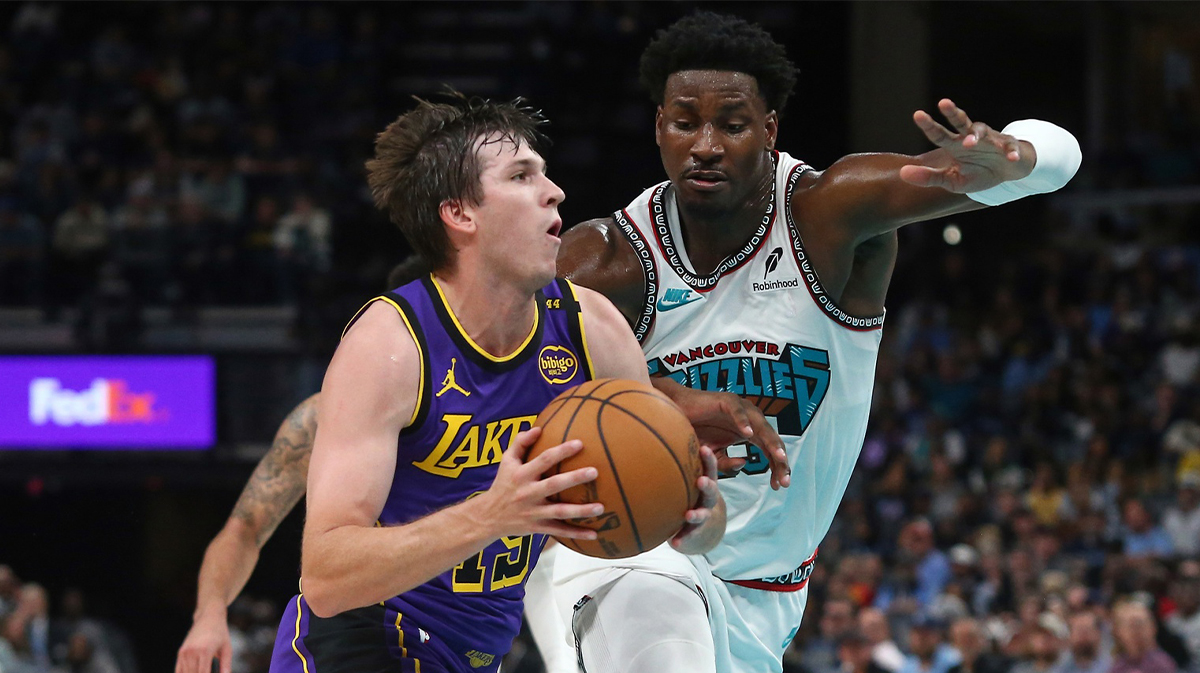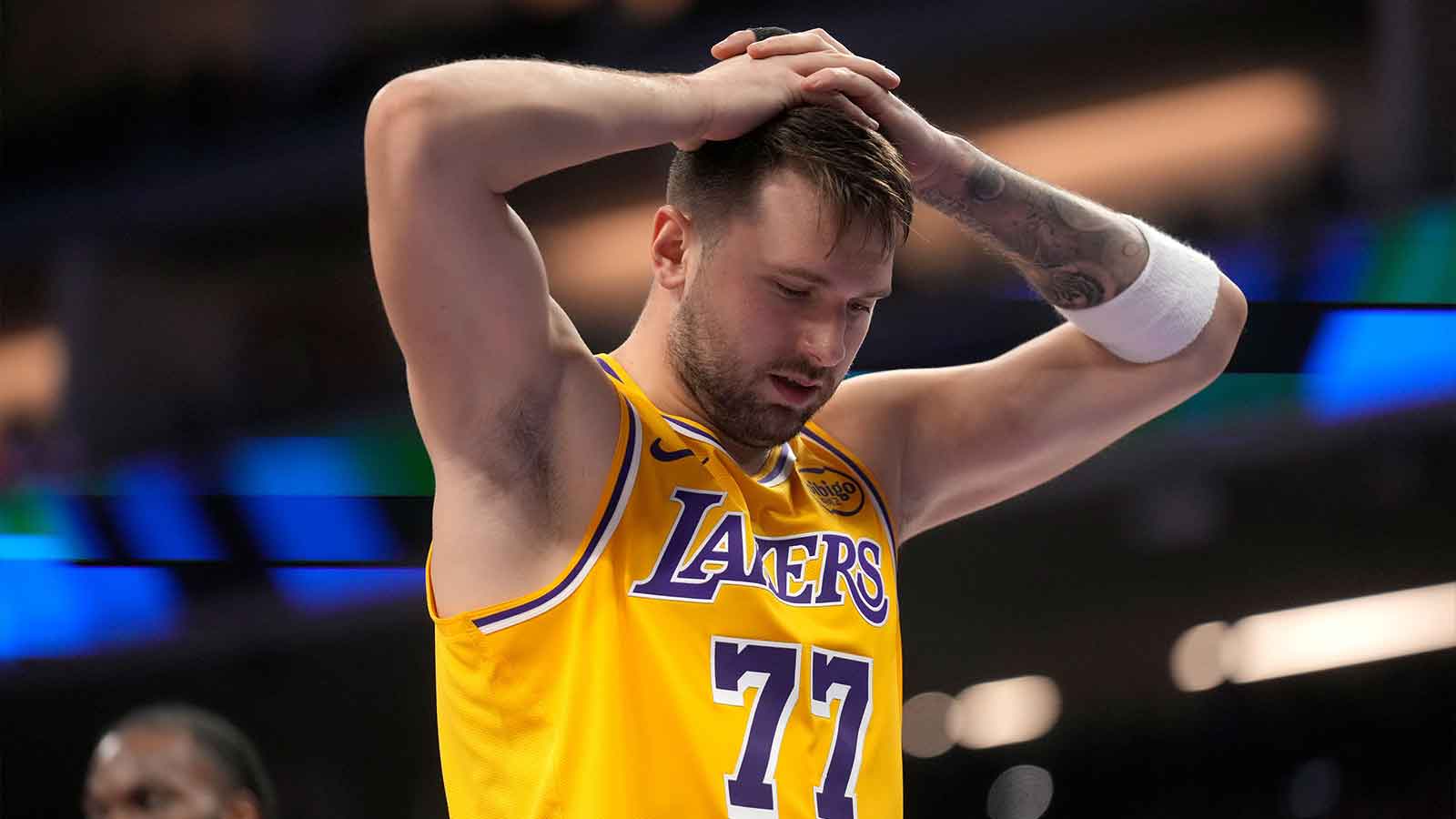The NBA family lost one of its brightest stars on far too soon, when Lakers legend Kobe Bryant was killed in a helicopter crash outside Los Angeles. On the five-year anniversary of his last NBA game, it felt like as good a time as any to celebrate his life.
At 41 years of age, he was taken far too soon. And though he's gone, the memories he left behind, as well as his “Mamba Mentality,” will live on. In this post, after getting through the tragic details of when did Kobe die, we'll quickly move on to a more positive Kobe Bryant timeline. in this piece, we'll do a Kobe Bryant celebration of sorts.
When Did Kobe Die: January 26, 2020
In an absolutely tragic helicopter accident, making things a bit worse was the fact that all nine passengers on the flight, including Kobe's 13-year-old daughter Gianna, perished in the tragic accident. They were gone far too soon.
There's a lot of information still coming out about the even, as there's been lawsuits and a situation so fluid it's probably best to not go deep into the tragic moment's details.
He's gone, as are all the other passengers, and it's simply a too sad moment for all the families and friends involved — including Bryant's extended basketball family, which includes players, coaches, fans and those who simply admired him for his tenacity.
If, for whatever the reason, you're looking for more info on when did Kobe die, such as a Kobe Bryant death timeline, we have a post detailing the moments leading up to this absolutely tragic moment.
Kobe Bryant Celebration – The Kobe Bryant Timeline

Bryant was around the game of basketball for the entirety of his life. His father, Joe, played professionally in the NBA and abroad. As a result, Kobe spent portions of his childhood in Italy, where he served as a ball boy of sorts for his father's team.
Joe moved the Bryant family to Italy in 1984. He played on four different teams over the course of seven seasons, including those in Rieti, Reggio Calabria, Cireglio and Reggio Emilia.
Joe's former teammates have commented on Kobe's childhood days, noting that the future Lakers star was with his father during most practice sessions.
“We always kept two eyes on the ball and two eyes on him,” Antonio Olivieri told Reuters.
“Kobe was a kid when he was here in Rieti,” Olivieri added. “I remember Joe always taking him to the gym… he used to climb into the hoops while we were playing. When someone fell on the ground, he came onto the court with a mop to clean up.”
Before his passing, Kobe noted that he held a special place in his heart for the the time he spent in Italy. In fact, he actually learned to speak fluent Italian. However, Philadelphia is where his game would truly begin to develop.
Bryant attended Lower Merion High School in Pennsylvania, where he was recognized as the top high-school player in the country. As a testament to his early level of skill, Kobe made the varsity team as a freshman. Unfortunately, the Aces finished with a 4-20 record in that campaign. However, the team registered a 77–13 mark over the next three seasons.
Kobe's number began to stand out in his junior year at Lower Merion. Remarkably, he averaged 31.1 points, 10.4 rebounds and 5.2 assists. As a result of his outstanding play, he was named Pennsylvania Player of the Year.
As a senior, Bryant led the Aces to their first championship in 53 years. His stat line from that season is simply incredible. While leading the team to a 31-3 record, Kobe averaged 30.8 points, 12.0 rebounds, 6.5 assists, 4.0 steals and 3.8 blocks. He was later named the Naismith High School Player of the Year.
By this time, Bryant's popularity was on the rise. College scouts had a keen eye on him, including those from Duke, Michigan and North Carolina (to name a few). Ultimately, though, a 17-year-old Kobe chose to sidestep the collegiate route to enter the 1996 NBA Draft.
Kobe was just the sixth player to make the jump from high school to the pros. He could've went to any school, as he held an SAT score of 1080.
Bryant had always dreamed of playing for the Lakers. This vision would be realized on draft night.
Kobe Goes Pro
Los Angeles was looking to trade starting big man Vlade Divac for the draft rights to a player. The Charlotte Hornets had the 13th pick in that year's NBA Draft, and they were willing to deal. An agreement was made, and Los Angeles simply told Charlotte who to select when the time came.
Kobe's rookie season with the Lakers went fairly well, though his team was defeated by the Utah Jazz in the Western Conference Semifinals, 4-1. He often came off the bench for guards like Nick Van Exel and Eddie Jones. As the season went on, however, Bryant began to see more and more playing time, averaging 15.5 minutes by the end of that campaign.
One of the more memorable moments of Kobe's career came during that season's All-Star Weekend events, where at 18 years of age, he became the youngest Slam Dunk Contest champion in NBA history.
As the seasons went on, so too did Kobe's progression. He started every game of the lockout-shortened 1998-99 campaign and later signed a six-year extension with Los Angeles. However, the Lakers were once again defeated in the Western Conference Semifinals, as they were swept by the San Antonio Spurs.
Enter the three-peat…
Phil Jackson joined the Lakers as their head coach in 1999, and the legendary play caller went to work on instituting his famous triangle offense. With a roster consisting of Kobe Bryant, Shaquille O'Neal and several other talented players, Los Angeles was a force to be reckoned with. Notably, the team went on to win three consecutive championships (2000, 2001 and 2002).
Bryant wouldn't reach the NBA's proverbial mountaintop again until 2009, when the Lakers defeated the Orlando Magic in five games. All along the way, Kobe continued to rack up impressive accolades. He became the youngest player in league history to reach 20,000 points — a record that has since been broken by LeBron James. And for his efforts in the 2009 Finals, he earned his first NBA Finals MVP trophy.
The Lakers were back in the Finals for 2010, despite the fact that Kobe had dealt with injuries to his knee and finger. As a No. 1 seed, Los Angeles went on to defeat the Celtics, with Bryant leading his team back from the depths of a 13-point deficit in the third quarter of Game 7. It was his fifth championship, and for his outstanding play, he earned a second consecutive NBA Finals MVP award.
Kobe would later note that the Lakers' rematch victory over the Celtics in the Finals was the most satisfying of all of his five championships.
Bryant was chasing a sixth championship to match Bulls legend Michael Jordan. Kobe managed to pass Jordan on the all-time scoring list, but that sixth ring remained elusive. Injuries, including an Achilles, started to play a role in the latter stages of his career. Still, he continued to play on for a total of 20 seasons, breaking John Stockton's record of 19 seasons with the same team.
Jelly Bean Jr. Retires

As part of a poem written for The Players' Tribune in November of 2015, Kobe officially announced that he would be retiring from the NBA. Teams all around the league showered the Lakers star with recognition on each stop of what became known as his “farewell tour.”
“But I can't love you obsessively for much longer,” Bryant wrote. “This season is all I have left to give. My heart can take the pounding. My mind can handle the grind but my body knows it's time to say goodbye.
“And that's OK. I'm ready to let you go.”
Kobe played in 1,346 games over the course of his career, racking up averages of 25.0 points on 44.7 percent shooting from the field (32.9 percent from beyond the arc), 5.2 rebounds, 4.6 assists and 1.4 steals in 36.1 minutes per outing. To this day, he ranks 4th on the NBA's all-time scoring list.
An 18-time All-Star and 11-time First-Team selection, Kobe will be remembered as one of the greatest players the NBA has ever known. Though he's gone, his legacy will continue to inspire young athletes around the globe.










